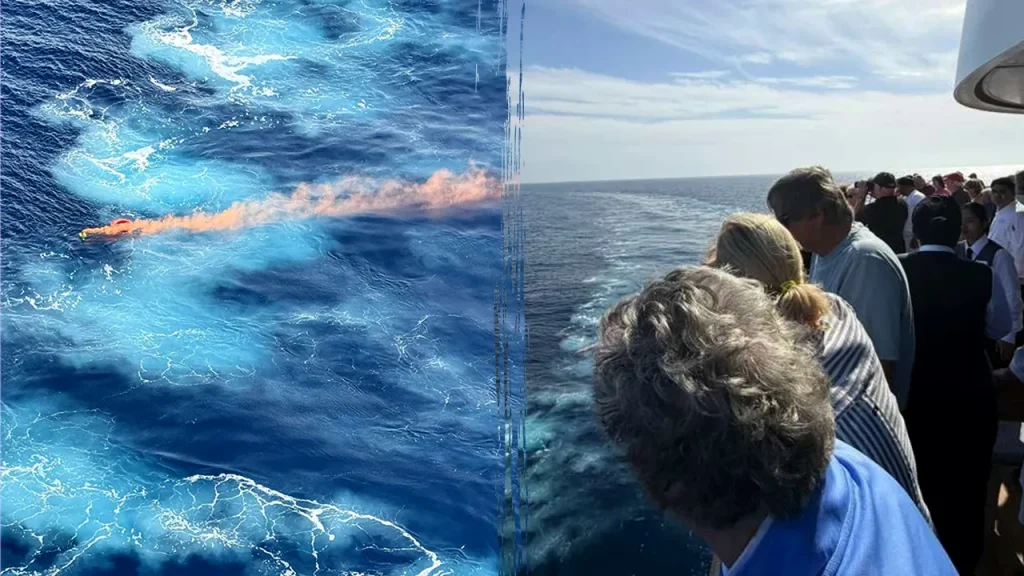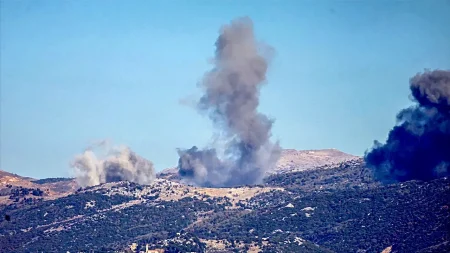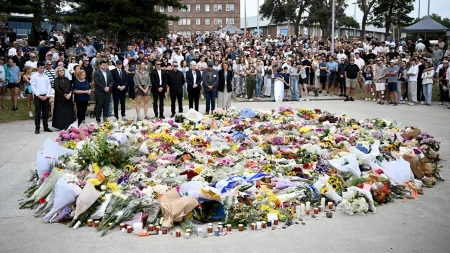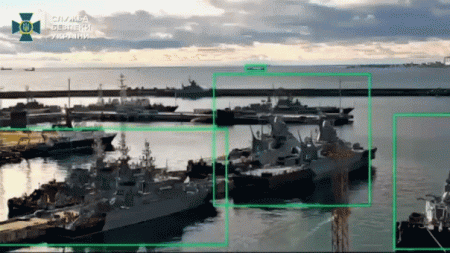Search Underway for Viking Star Crew Member Lost at Sea
In a heart-wrenching development on Monday morning, a crew member from the Viking Star cruise ship went overboard in the Mediterranean Sea, triggering an immediate search and rescue operation. The incident occurred at approximately 11:31 a.m. local time, according to Viking Cruises representatives, who confirmed that emergency protocols were immediately activated. The ship’s crew began search efforts in coordination with the Italian Coast Guard, creating a scene of urgency and concern that rippled through passengers and crew alike aboard the vessel that typically carries 930 passengers and around 500 crew members. The ongoing search represents the delicate balance of hope and realism that characterizes maritime emergencies, where time is both precious and limited.
The dramatic moment unfolded while the Viking Star was sailing from the Greek island of Crete to Palermo, Sicily, as part of an eight-day journey that began in Athens and included stops in Turkey. Passengers were jolted from their leisurely lunch when an announcement echoed through the ship’s public address system that a crew member had gone overboard. The news visibly shook staff members, including a waiter who appeared stunned while serving meals. The human response was immediate—passengers rushed to railings, scanning the vast blue expanse below, with someone calling out, “I see someone!” This collective moment of concern highlighted how quickly a vacation atmosphere can transform into one of collective anxiety and shared humanity.
Crew members responded with practiced but urgent precision, first tossing an orange life ring into the churning waters, followed minutes later by a smaller ring equipped with an emergency flare. As the Viking Star began slowly circling the area where the crew member disappeared, the Italian Coast Guard expanded their maritime search pattern, demonstrating the methodical approach necessary when searching for a single person in the vast Mediterranean. While specific details about the missing crew member remain undisclosed, witnesses aboard the ship reported that the incident appeared to have occurred on the second deck, though the exact circumstances that led to this tragedy remain unclear as investigators piece together what happened in those critical moments.
The incident has cast a shadow over what was meant to be a picturesque Mediterranean voyage. The cruise, which started in the historic city of Athens and visited the Turkish coast before reaching Crete, was scheduled to continue to Naples and ultimately conclude in Civitavecchia near Rome. Instead, passengers find themselves unexpected witnesses to a maritime emergency, their vacation narratives now interwoven with the story of a missing person and the sobering reality of dangers at sea. This stark contrast between the planned luxury experience and the unfolding emergency highlights the unpredictable nature of life at sea, where even the most carefully orchestrated journeys can be interrupted by tragedy.
The disappearance adds to a troubling pattern of overboard incidents on cruise ships that have occurred over the years, including highly publicized cases like that of Amy Bradley and other incidents involving both passengers and crew. These cases highlight ongoing questions about safety measures aboard cruise ships, the psychological pressures faced by crew members who spend months at sea, and the effectiveness of search and rescue protocols in open water emergencies. While modern cruise ships implement extensive safety features and protocols, the reality remains that recovering someone who has gone overboard presents enormous challenges, with success rates diminishing rapidly with each passing hour as currents, weather conditions, and the vastness of the search area complicate efforts.
As the search continues, the incident serves as a powerful reminder of the human element behind the cruise industry’s glossy façade. For every luxury experience delivered to passengers, there are hundreds of crew members working long hours, often far from home for extended periods, navigating the physical and emotional challenges of maritime employment. Their stories—including that of the missing crew member—rarely make it into the vacation brochures. Meanwhile, passengers and remaining crew on the Viking Star find themselves in an uncomfortable limbo, continuing their journey while carrying the weight of knowing someone is missing. The cruise company faces the delicate balance of respecting the gravity of the situation while managing the expectations of hundreds of other guests whose vacation continues under the shadow of this unfolding human drama—a complex intersection of commerce, compassion, and the ever-present risks of life at sea.















